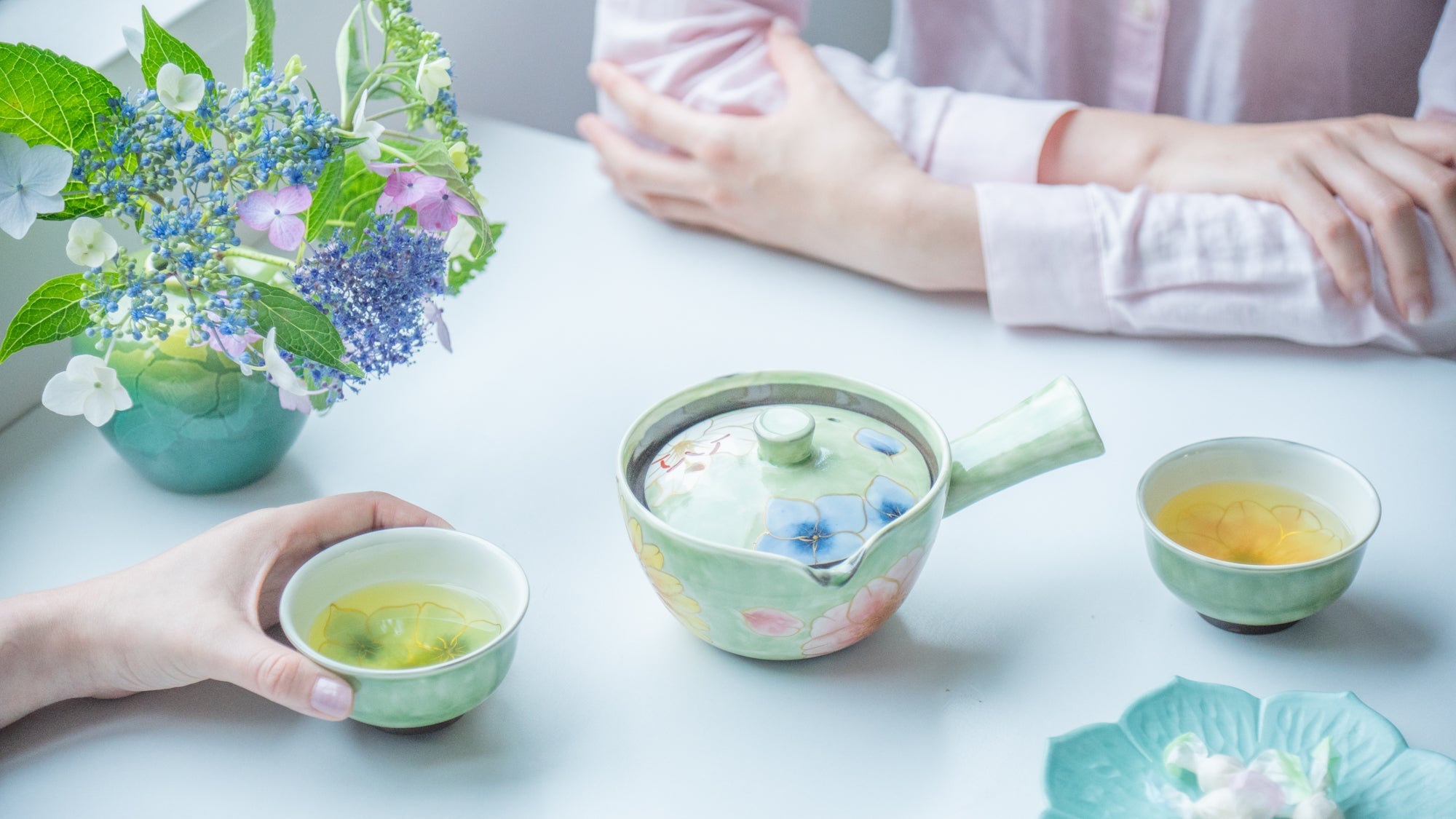
5 Japanese Finds to Brighten the Rainy Season
Written by Team MUSUBI
Japan’s early summer is marked by the rainy season, tsuyu—a time that nourishes plants and helps restore nature’s rhythm. Still, when rainy days continue, it’s easy to feel a little down.
That’s why it’s worth having a few things that lift the spirit, that bring a smile, or make time at home feel more comforting. In this blog, we introduce items that can make rainy days just a little more special.
Table of contents
What Is Japan’s Rainy Season
The Beginning of The Rainy Season
"When does Japan's rainy season begin?" This is one of the most frequently asked questions from people outside of Japan. The rainy season typically occurs between late May and mid-July. It starts in the southern region of Okinawa and gradually moves northward through Kyushu, Honshu, and Tohoku.
As of June 2025, when this blog is being written, Japan is entering its rainy season. In Tokyo and the Kanto area, where our office is located, the first signs are already in the air. The days have grown increasingly humid and warm, signaling the approach of summer.
Rain and Aesthetic Sensibility in Japan

The word tsuyu originates from the rain that falls around the time when plum fruits ripen. Japanese has a rich vocabulary for describing rain, including poetic terms like konuka ame (fine drizzle) and ryokuu (early summer rain). These words are often used in classical Japanese poetry, tea ceremonies, and other cultural expressions, reflecting the deep aesthetic appreciation for rain in Japan.
The rainy season is not merely an inconvenience. Japanese culture has long viewed rainy days as opportunities for reflection and recentering. A phrase that captures this attitude is seiko udoku: "till the fields on sunny days, read on rainy days." Rather than resisting the weather, one focuses on what can be done in harmony with it.
When rainy days stretch on, it's natural to feel a little down, and this sentiment is likely shared in many parts of the world. That is why how we spend this time matters. By surrounding ourselves with items we love and curating a calming atmosphere, even a gloomy day can become a cherished moment.
Items to Enjoy the Rainy Season
Hydrangea Motif
Hydrangeas have long been cherished in Japan as a symbol of the rainy season. Their ever-changing colors and the way they bloom even more beautifully in the rain continue to captivate the hearts of many.
Hydrangea Rough-Hewn Mug
This stylish mug features a delicate hydrangea motif that emerges gently on the rustic texture unique to stoneware. Pink and purple petals, along with deep green leaves, stand out beautifully against the gradient-toned surface, giving the piece a soft and calming impression.
The slightly rough surface, created from high-temperature firing, fits comfortably in the hand, while the carefully painted design evokes the quiet charm of a rain-soaked garden held in your palm.
Colorful Floral Japanese Teacup
This teacup features five types of flowers—hydrangea, double cherry blossom, sunflower, lily, and camellia—elegantly depicted across its surface. The design creates the illusion that the flowers are gently floating, making it a delight to the eyes.
Made of porcelain, it offers a smooth and pleasant feel on the lips. On a rainy day when the town is cast in monochrome, this vibrant teacup is sure to bring color and charm to your table.
Frog Motif
In Japan, frogs are considered lucky animals, cherished for their wordplay associations—such as kaeru (frog) sounding like “to return home safely” or “to bring good fortune back.”
Frog and Turtle Tin Mini Figurine Set
This charming tin ornament set includes a frog, a turtle, and two natural stones. The figures are crafted with delicate detail and feature adorable, rounded forms. The metallic finish contrasts beautifully with the earthy tones of the stones, adding a gentle touch of nature to the set.
Designed with stability in mind, the pieces sit securely on flat surfaces such as plates or flower trays. Add them beside a summer dish to evoke a sense of seasonal freshness.
Why not bring a playful, seasonal accent to your table with these delightful figurines?
Kozanji Temple Choju Giga Designed Mug
This mug features a design inspired by Choju Giga, Japan’s National Treasure scrolls preserved at Kozanji Temple in Kyoto. The whimsical anthropomorphic animals, originally drawn in the 12th to 13th centuries, are delicately rendered on ceramic by the artisans of Tosen Kiln.
The warm cream white glaze and gentle brushstrokes bring a playful charm to teatime. With its wide rim and generous capacity, it offers a perfect moment of comfort, especially when enjoyed to the sound of falling rain.
Dots Motif
Polka dots are a familiar and beloved pattern, with their rounded shapes often evoking the image of raindrops falling from the sky.
Arare Pattern Edo Glass Round Plate
This glass plate features a sparkling arare pattern—small raised dots that catch the light—and a delicate carving at the center reminiscent of a plum blossom.
Arare, which means “hail” in Japanese, refers to traditional decorative dots arranged in dense rows, commonly found on iron kettles and other crafts. The name comes from their resemblance to hailstones falling from the sky.
The cool, translucent texture of the glass brings a refreshing touch to the summer table. Visually soothing and seasonally appropriate, it’s a beautiful piece that combines elegance with tradition.
Staying in Tune with Yourself on Rainy Days
There are times when rainy days can make us feel a little low. However, it is precisely during such moments that we wish to be the kind of adult who can gently care for their well-being.
Motifs such as hydrangeas and frogs, often associated with the rainy season in Japan, bring quiet seasonal charm. By incorporating these elements into daily life, even in small ways, we may find our mood gently lifted.
The rainy season is part of nature’s rhythm and offers a rare opportunity to slow down and reflect inward. With a few thoughtful touches, this time of year can become a peaceful and enriching part of our lives, rather than something to endure.









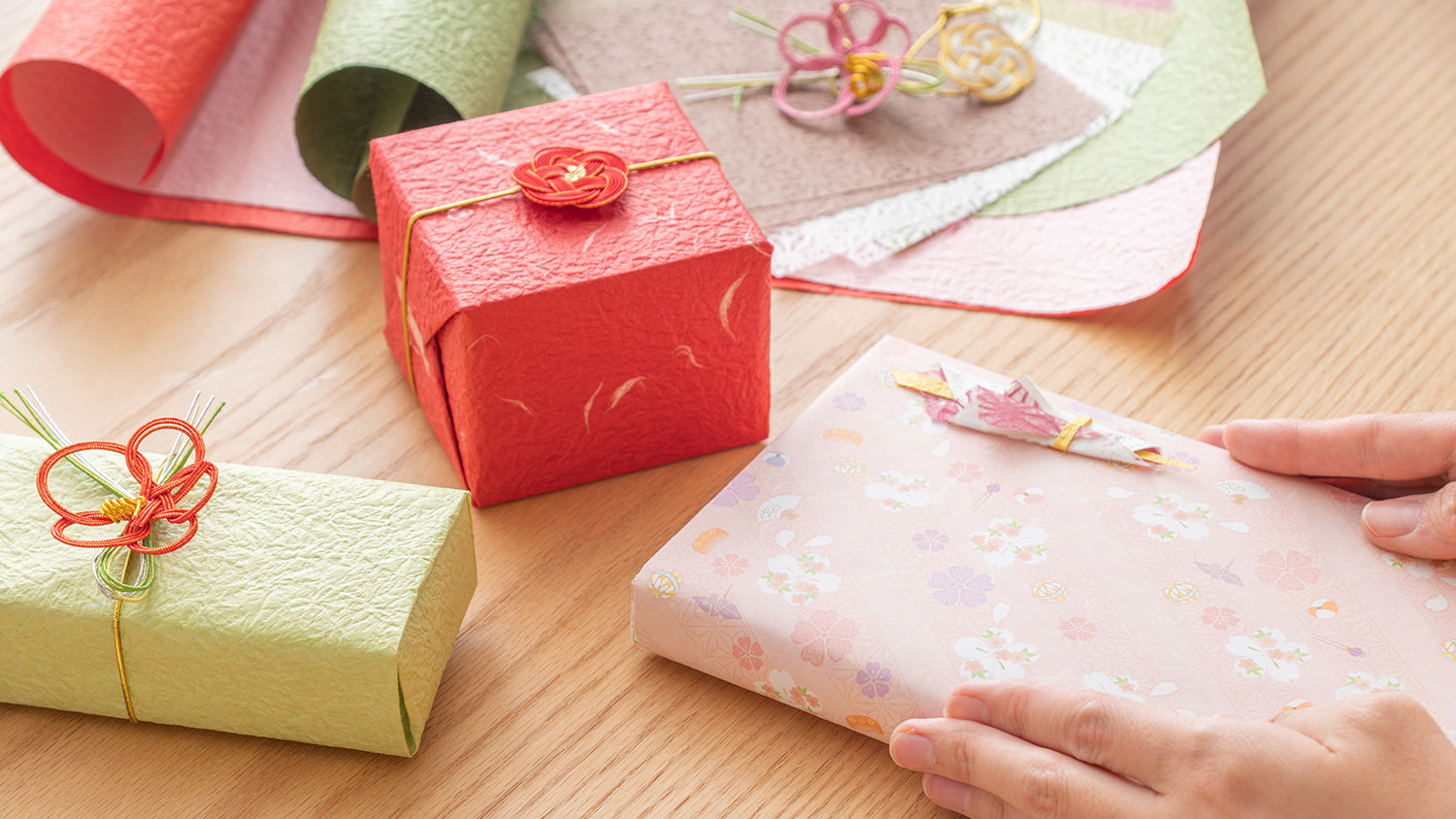

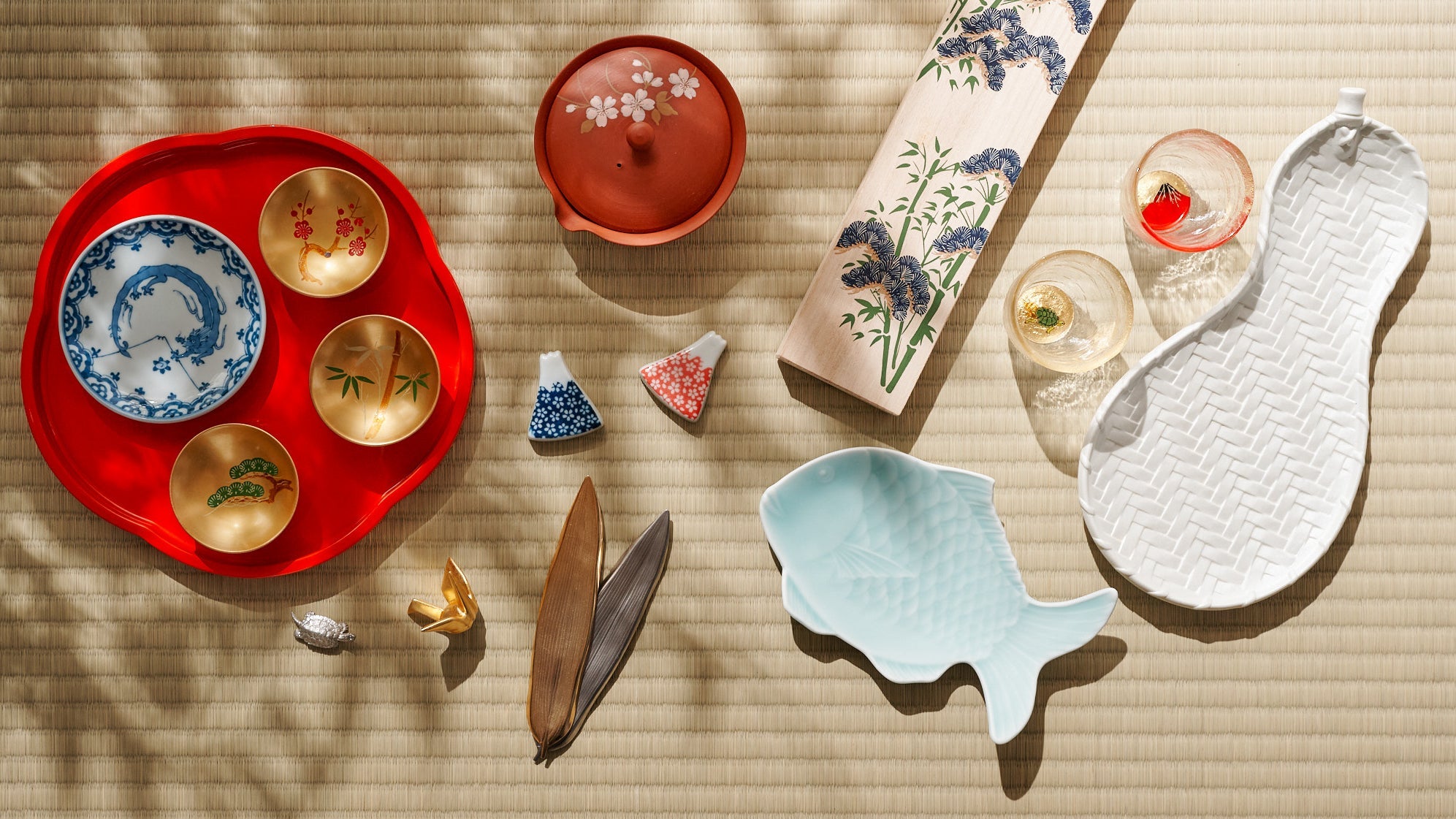
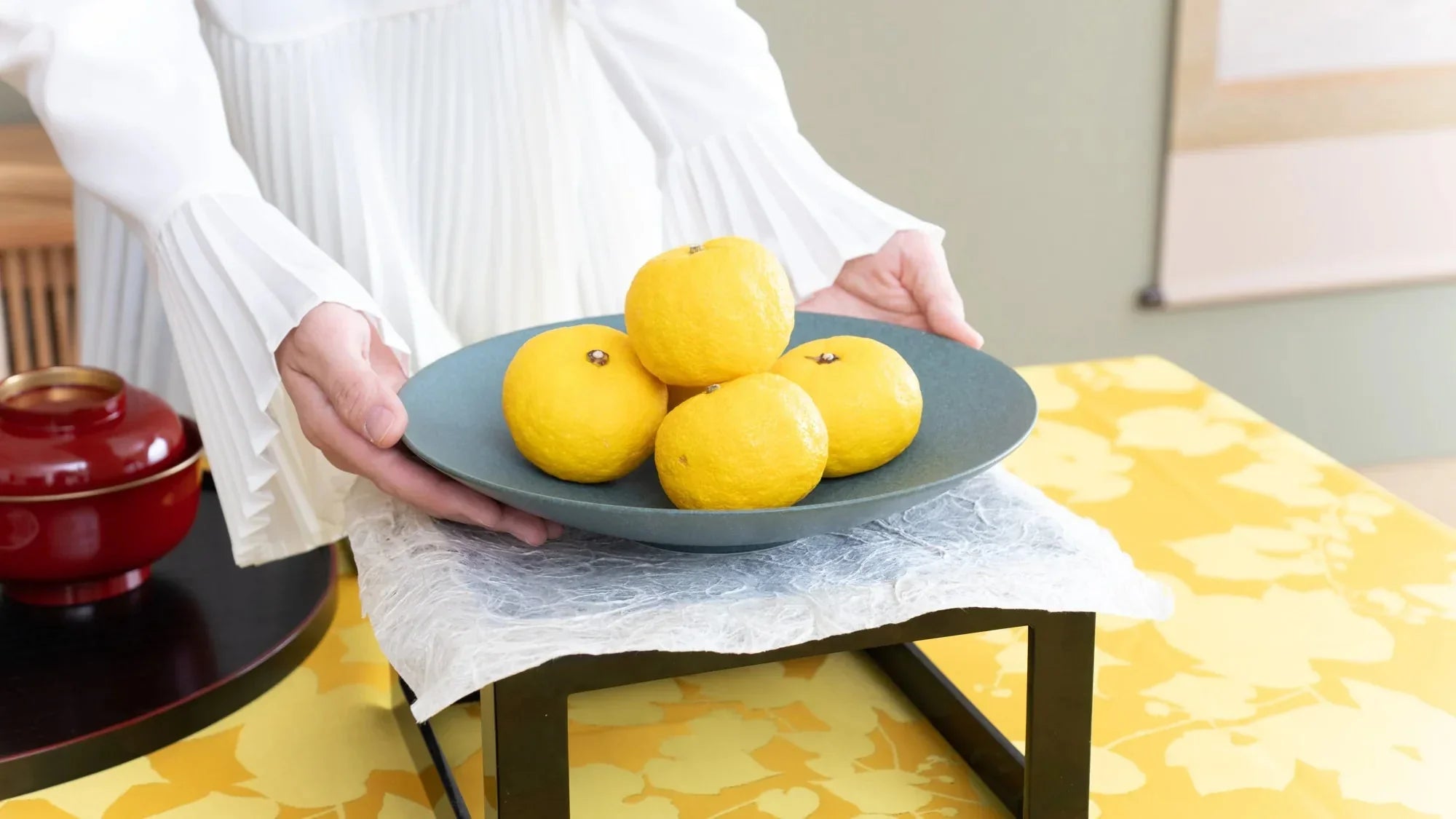
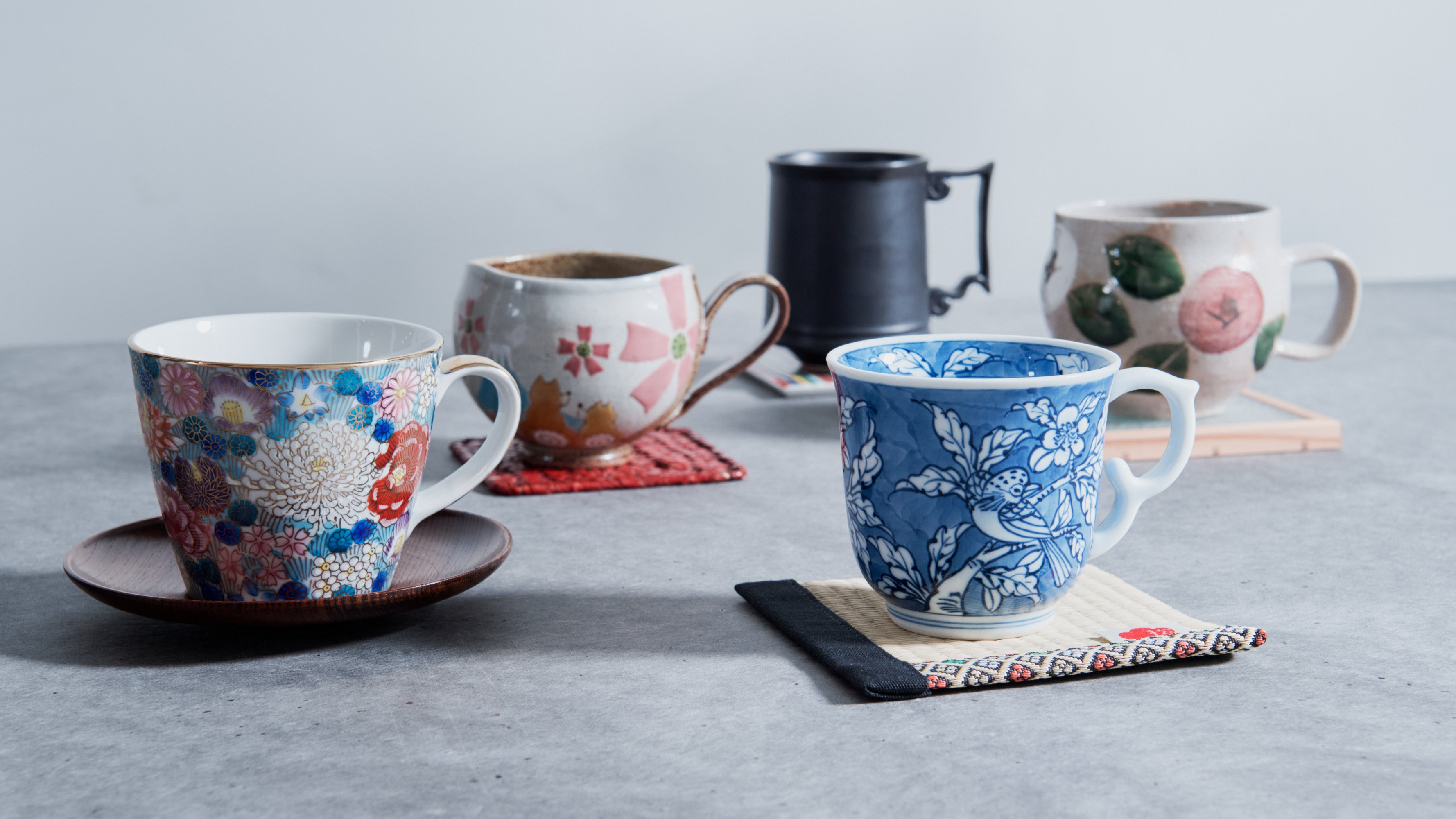
Leave a comment
This site is protected by hCaptcha and the hCaptcha Privacy Policy and Terms of Service apply.